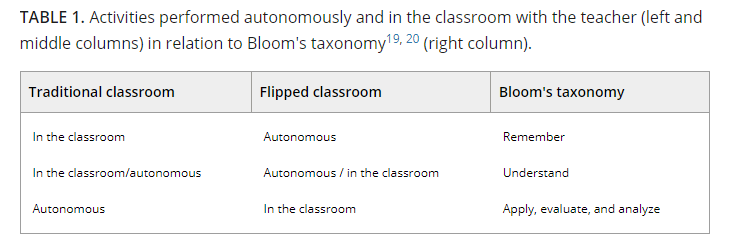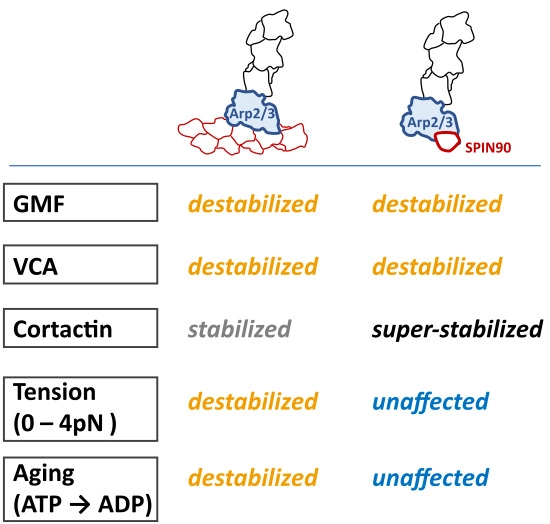Le nouvel article scientifique de l'équipe Doye a été publié en couverture et en highlight du journal Journal of Cell Science :
Y-complex nucleoporins independently contribute to nuclear pore assembly and gene regulation in neuronal progenitors
Résumé :
Besides assembling nuclear pore complexes, the conduits of nuclear transport, many nucleoporins also contribute to chromatin organization and gene…










